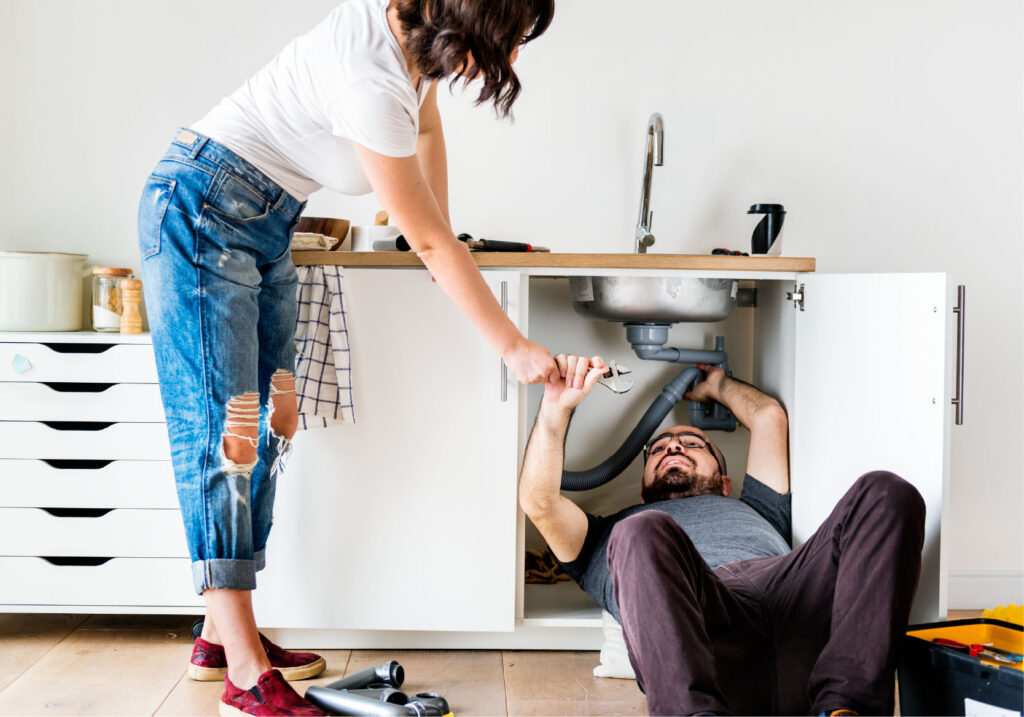We’ll bet on the fact that you haven’t thought about flushing your hot water heater in awhile—if ever. But, while it’s one of those tasks that’s easy to forget, it’s necessary for maintaining an efficient system that lasts for the duration of its life expectancy (about eight to 12 years).
Why is Flushing Your Hot Water Heater Important?
Over time, hot water heaters collect sediment, or mineral deposits, at the bottom. These mineral deposits are typically the result of hard water. If your hot water heater doesn’t get flushed over the course of years, it can lead to a premature breakdown or even a burst tank.
How often you’ll need to flush your hot water heater depends on how hard your water is. Coastal and southeastern states typically don’t experience hard water to the degree that Midwestern and western states do. For those living in states with softer water, once every three years is a good rule of thumb, and for those with harder water, flushing once a year is a good idea.
How to Flush Your Hot Water Heater
Hot water heaters generally fall into two types: gas and electric. How each type is flushed is similar except for the first step. If you have a gas model, you’ll need to turn off the gas, and if you have an electric model, you’ll need to turn off the electricity to the water heater.
Eight steps may seem like a lot, but we promise the tasks are easy. In fact, you should be finished with the whole flushing process in as little as 30 minutes.
Step 1: Turn your hot water heater’s thermostat to the “off” position.
For safety reasons, this is one, if not the most important step in the flushing process. Some say you can get away with having the hot water heater on “pilot,” but we believe in being extra cautious and turning it to the “off” position.
Step 2: Turn off the gas or electricity.
Before you begin, you’ll need to turn off the gas to the hot water heater. If you have an electric hot water heater, you’ll need to turn off the electricity to it by flipping the breaker.
Step 3: Turn off the cold water supply to the hot water heater.
You’ll find the cold water supply near the top of the hot water heater. Turn the setting to off.
Step 4: Pick a sink or tub and turn on the hot water.
You’ll need to leave a hot water tap on during the entire flushing process. This helps prevent a vacuum from forming.
Step 5: Open the pressure relief valve.
Opening the pressure relief valve can help water flow more easily during the draining process. Be sure to place a bucket underneath the drainage pipe and use caution—hot water will rush out. Once you’ve opened the pressure relief valve, you’ll need to let your hot water tank cool off before proceeding with the rest of the steps.
Step 6: Connect a garden hose to the drainage spigot.
Find the drainage spigot and connect a garden hose, then lead the hose outside or into a large bucket. If your water heater is in the basement, you may need to use a pump to direct the water out to the ground floor.
Step 7: Drain your tank.
Monitor the water that’s coming out of your tank. If it’s been a hot minute since you last flushed your hot water heater, you’ll notice that the water is brown and that you can see sediment. You’ll want to keep running the tank until the water runs clear.
Step 8: Flush your tank.
To complete the flushing process, turn on the cold water spigot that leads to your tank. Let it run until the water coming out of the hose becomes clear.
And you’re done—almost. Now you’ll need to put everything back where it was. Here’s your checklist:
Call National Property Inspections for a Full Report on Your Home’s Systems
Our inspectors have the expertise to perform a non-invasive inspection on your hot water heater and other major systems and appliances. Find a team near you today.



